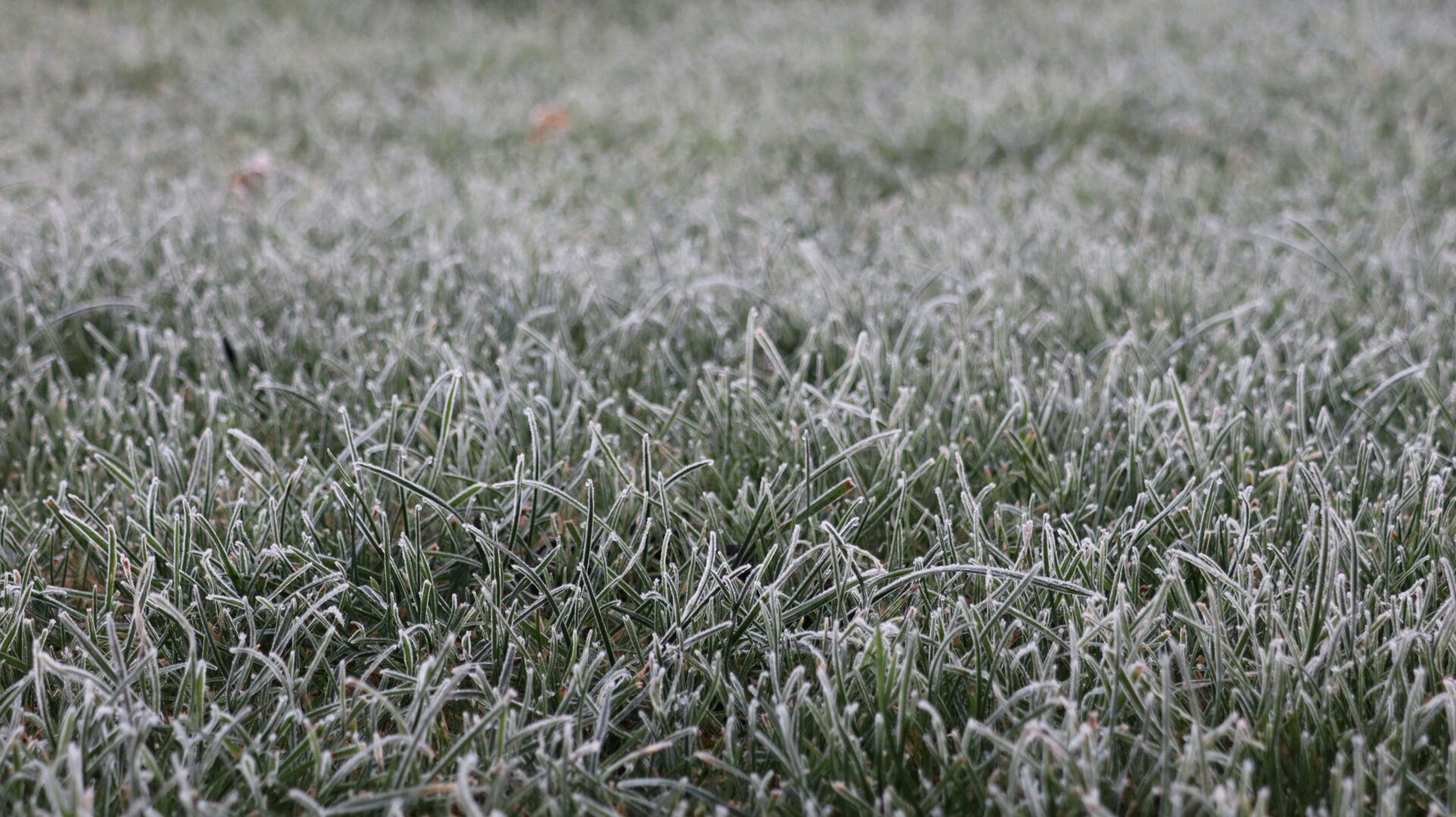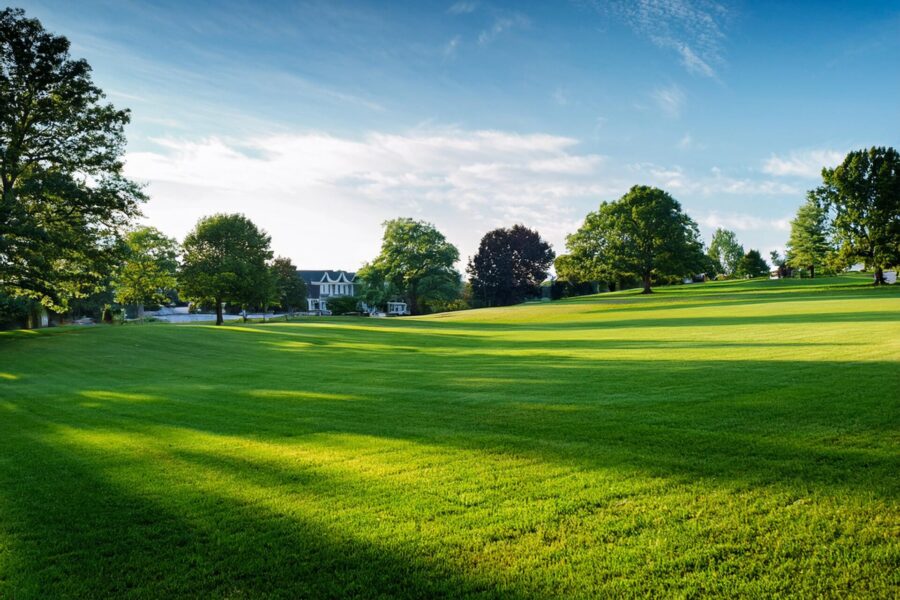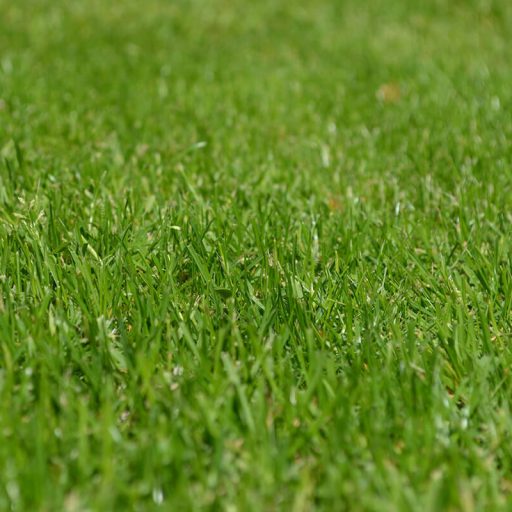Simple Steps to Repair Winter Damage in Chambersburg, Carlisle, and Mechanicsburg
Winter can leave your lawn looking dull, patchy, and weak. Snow, ice, salt, and freezing temperatures stress your grass and soil, leading to bare spots and poor growth. Here’s how to repair your lawn and encourage healthy grass growth this spring.
- Assess Your Lawn for Winter Damage
Look for signs of snow mold, salt damage, and compacted soil:
- Snow mold appears as gray or pink patches in early spring.
- Salt damage causes brown, dry grass along sidewalks and driveways.
- Compacted soil feels hard and doesn’t absorb water well.
- Overseed Bare Patches
If you notice dead or thinning areas, overseeding is the best way to promote new growth. Choose a Pennsylvania-friendly grass seed, such as Kentucky bluegrass or tall fescue, and spread it evenly over bare spots.
- Loosen the Soil and Add Nutrients
Aerating helps loosen compacted soil, while a light application of compost can replenish lost nutrients. If your lawn suffered salt damage, flushing the soil with water helps dilute excess salts.
- Apply Pre-Emergent Weed Control
Weeds thrive in weak, damaged lawns. Applying a pre-emergent herbicide in early spring prevents crabgrass and dandelions from taking over.
By taking these steps, your lawn will bounce back quickly and look its best by summer. Need help with spring lawn repair in Chambersburg, Carlisle, or Mechanicsburg? Contact Hornbaker’s Landscaping for expert lawn care services.





